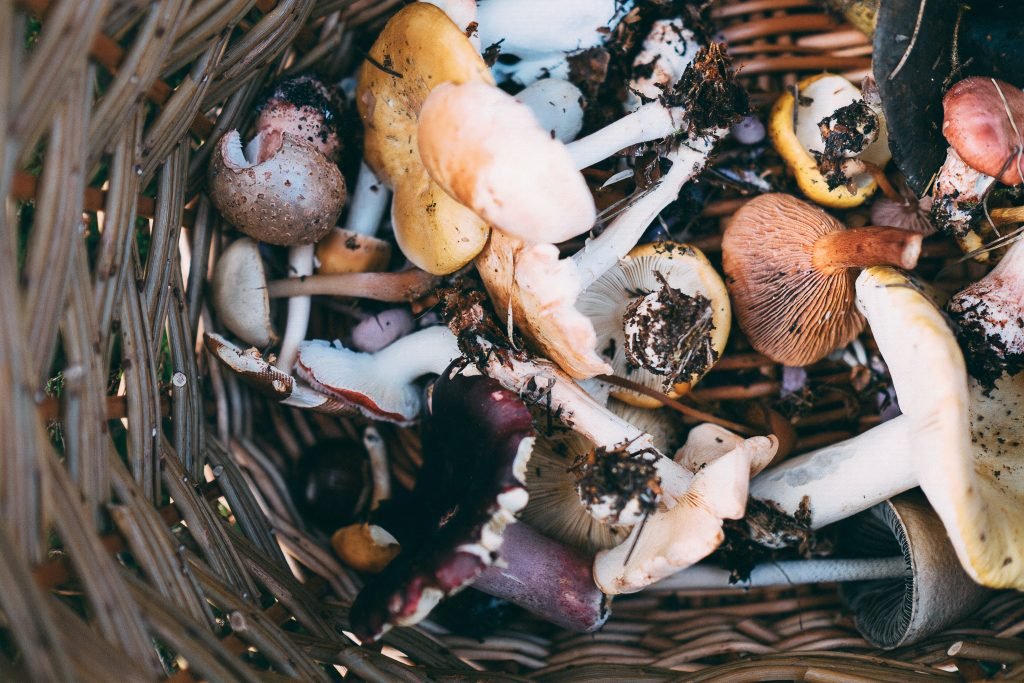Forage is defined as food that is gathered by animals. This can include grass, leaves, fruits, and nuts. Forage is an important part of the diet for many animals, as it provides them with the nutrients they need to survive.

The history of forage
Forage is food that is gathered from the wild, either for livestock or for humans. The term can refer to both plant and animal food, and the word is derived from the French word forage, which means to graze. Forage has been an important part of human diets for centuries, and it is still gathered and consumed in many parts of the world.
HIRE AN EXPERT FOR YOUR ASSIGNMENTS
Most foraged foods are plant foods, such as fruits, nuts, and leaves. These foods are often collected from the wild, but they can also be grown in gardens or small farms. Foraged animal foods include eggs, insects, and small mammals. These foods are typically collected from the wild, but they can also be raised on farms.
Forage is an important part of the diet of many animals, including livestock and wild animals. Forage can provide a significant portion of the nutrients that animals need, and it can also help animals to stay healthy by providing them with a variety of different vitamins and minerals. Forage is also an important food source for humans, particularly in parts of the world where food is scarce.
The history of forage is closely linked to the history of human and animal diets.
The benefits of forage :
Forage can be fresh, dried, or preserved. The benefits of forage include providing a source of nutrition for animals, improving soil fertility, and controlling weeds.
Forage is an important source of nutrition for many animals, especially during the winter when other food sources are scarce. Forage can also improve soil fertility by adding organic matter and nutrients to the soil. In addition, forage can help control weeds by competing with them for space and light.
The types of forage :
Forage refers to any plant material that is eaten by animals, including grass, leaves, stems, flowers, and fruits. There are four main types of forage: hay, silage, green chop, and grazing. Hay is dried and cured grass that is fed to animals as food. Silage is fresh, green plant material that is chopped and stored in a airtight container, such as a silo, to preserve its nutrients. Green chop is fresh, green plant material that is fed to animals fresh. Grazing is when animals eat plants directly from the field.
How to forage
Foraging is the act of searching for food or supplies. It can be done for survival or for recreation. Foraging can be done in many different ways, including gathering fruits and nuts, hunting game, and collecting shellfish.
There are a few things to keep in mind when foraging. First, make sure that you are familiar with the area and the plants that grow there. It is also important to get permission from the landowner before foraging on their property. Finally, be sure to clean up any mess you make while foraging.
Find online help in writing essays, research papers, term papers, reports, movie reviews, annotated bibliographies, speeches/presentations, projects, presentations, dissertation services, theses, research proposals, essay editing, proofreading, Book reviews, article reviews, formatting, personal statements, admission essays, scholarship essays, application papers, among others.


 WRITE MY ESSAY NOW!
WRITE MY ESSAY NOW!